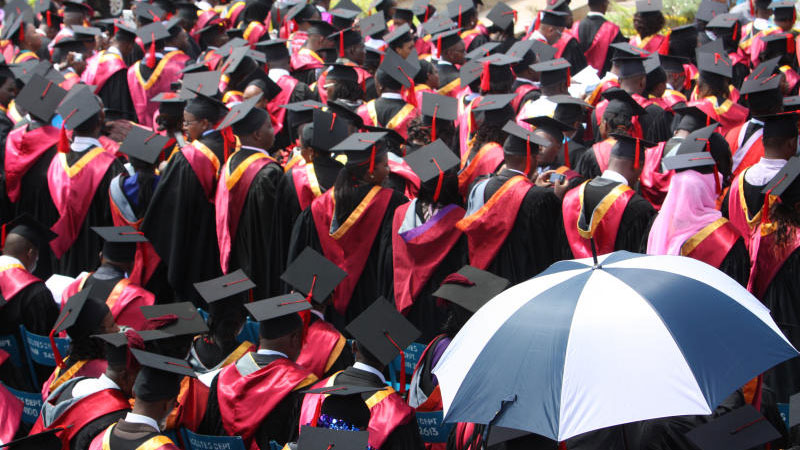
The higher education fraternity has undergone tremendous transformation. Key among them is the enactment of Universities Act No. 42 of 2012, which commenced on December 12, 2012. This brought the establishment, governance and administration of universities under the same legal framework. This caused the repealing of Acts of Parliament for seven universities that operated under individual Acts. The new law also caused some public university constituent colleges operating under Legal Orders to be upgraded to fully-fledged public universities. Initially, public universities were established through individual Acts of Parliament.